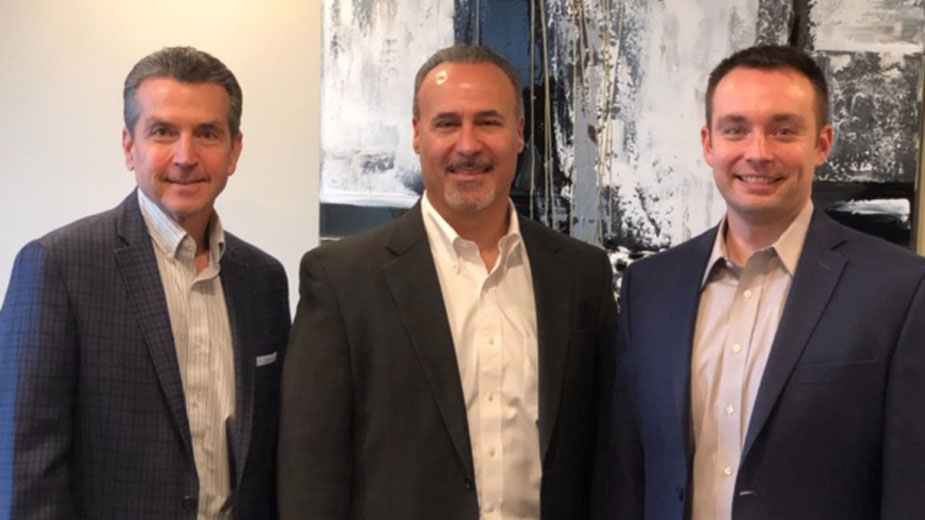L. Calvin Jones Improves Benefits, Saves $78K
This past year, Employee Benefits 101 has examined the innovative strategies and methodologies available to employers to cut health-care costs while improving the benefit plans they offer to employees. We have taken a deeper dive into the successes of these local companies:
- Compco Industries: Reversed the company’s escalating healthcare expense. Currently offers higher quality benefits and pays significantly less than it did in 2012.
- Potential Development: Offers a better, more comprehensive benefit plan at a lower cost than the nonprofit organization did in 2014.
- Vinyl Profiles: Received a $150,000 surplus refund in 2018 on the company’s 32-person medical plan.
This month we will wrap up the year with one final case study that focuses on L. Calvin Jones & Co.
After a three-year partnership with DCW Group and establishing and implementing a customized strategic plan, L. Calvin Jones is announcing an improved benefits plan with lower deductibles and lower out-of-pocket maximums for its employees, all while reducing the company’s health-care expenditure by $78,000.
L. Calvin Jones is a property and casualty insurance agency based in Boardman. Our paths crossed when the agency’s president, Jim Klingensmith, attended one of our educational summits hoping to find new ideas and a fresh perspective on escalating health-care expenses.
As a growing company, L. Calvin Jones was interested not only in upgrading its benefit plan and reducing plan costs but also in designing a benefit plan to attract and recruit top talent.
When it comes to attracting talent, L. Calvin Jones recognized that offering a competitive wage and comprehensive benefit plan would allow it to outmaneuver the competition and continue to grow the business with superior employees. In addition, customizing the benefit plan would enable the company to better meet the needs of its current employees and assure employee satisfaction and retention.
So how did L. Calvin Jones improve benefits for its employees and reduce costs by $78,000 on its medical plan at a time when most employers are receiving renewal increases?
First, Klingensmith and his staff philosophically understood that actionable strategies and tools exist that can improve benefits for employees while decreasing benefit plan costs for businesses.
Furthermore, they knew that these strategies can achieve measurable, repeatable and predictable long-term cost containment. They also acknowledged that by historically accepting annual health-care increases as an inevitable cost of doing business, the company was leaving money on the table. Money that it could be reinvesting in its employees and the business.
Secondly, they worked collaboratively with the DCW team to develop an honest and accurate picture of where they were at the start of the relationship and where they ultimately wanted to end up.
There are a variety of options available to employers but insurance at its core is financing a risk transfer. Insurance products themselves prevent catastrophic loss for employees and businesses but are irrelevant when it comes to controlling the cost of health care.
The fact is that regardless of funding, 20% of plan cost is a fixed expense. Far too often, brokers working on behalf of employers are focused solely on negotiating the fixed costs. But who cares if you squeeze a few nickels out of the 20%, if 80% of the plan cost is going totally unmanaged.
The reason this occurs is because most brokers don’t know how to manage the 80% of plan costs that are within your control.
When your broker’s plan to reduce cost is to change the plan design or add a health savings account, it’s like suggesting the solution to the crumbling foundation of your home is to change the type of mortgage you have. It doesn’t make sense and it does nothing for long- term cost containment.
While most employers move from renewal to renewal, crossing their fingers and hoping for the best while brokers tout “negotiating” a 13% increase down to 8%, L. Calvin Jones realized that successful plan performance doesn’t happen by accident. You are not going to magically end up at your desired destination without a plan and people to implement it.
Companies take numerous measures to control costs in every other aspect of their businesses and need to apply this same approach to their benefit plan.
Compco Industries, Potential Development, Vinyl Profiles and L. Calvin Jones all operate in different industries, have different workforces and offer different benefits. They do, however, have some things in common.
All of these companies recognize that health care is a top-three business expense that needs to be actively managed throughout the year in the same manner in which they manage other areas of their businesses.
They also understand the importance of offering a comprehensive robust benefit plan in order to recruit and retain a high-performing workforce.
Lastly, they all view their company’s health insurance expense not as an operating expense, which implies a cost of doing business, but rather as a capital expense or an investment that is made with some type of defined, expected and measurable return on investment.
These four case studies prove that it is possible to reduce your company’s health-care expenditures while simultaneously improving benefits for your employees.
Not taking action is costing your business tens of thousands, if not hundreds of thousands of dollars.
Pictured: Jim Klingensmith, center, works with DCW’s Bob Gearhart Sr., left, and Bob Gearhart Jr.
Copyright 2024 The Business Journal, Youngstown, Ohio.



